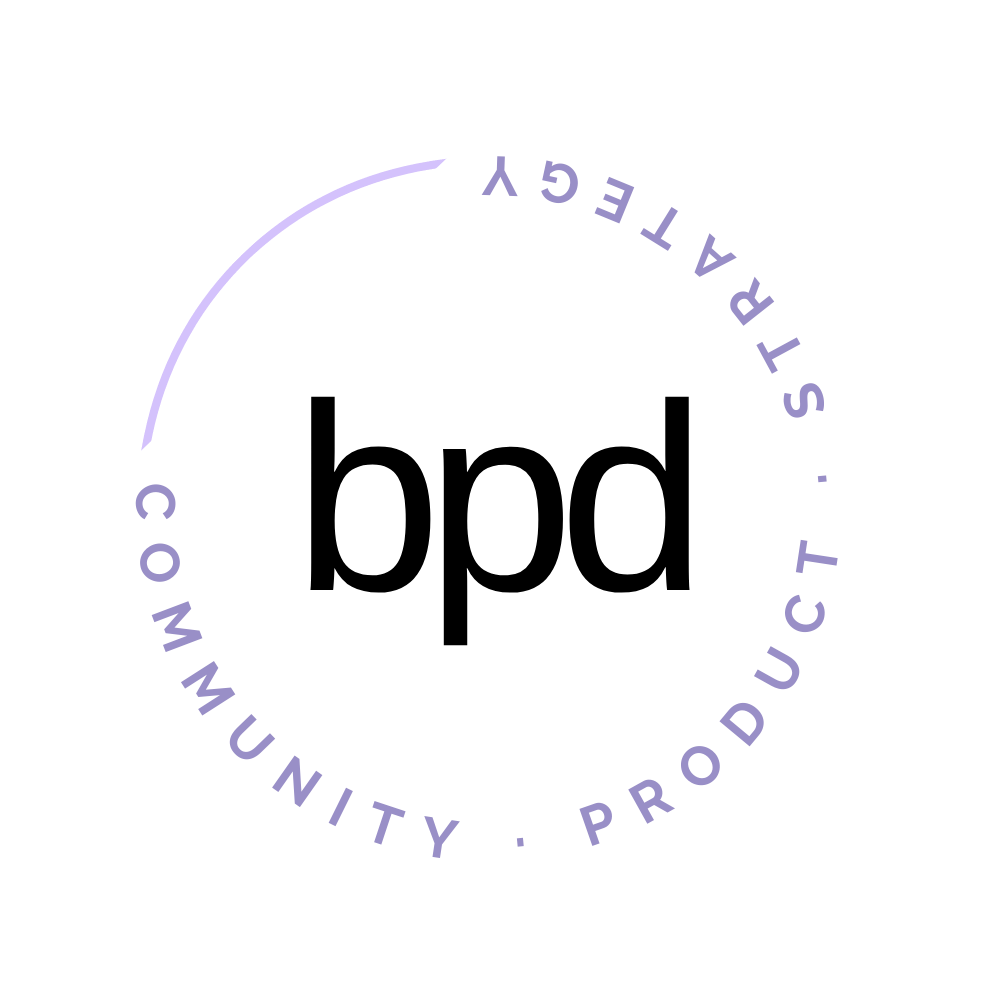#06 Kitchen Shifts Are For Executives (+ Everyone Else)
I worked at restaurants from ages 18-28 and I have always loved the community feel of a restaurant team. Service industry workers have a special kind of bond. If you tell me you have worked in a restaurant you have my instant respect.
One summer during college I worked at a fine dining restaurant. The training requirements included two kitchen shifts: Early morning food-prep & late night dish-washing.
During the food-prep shift you learned about the ingredients used, a deeper understanding for the restaurant’s recipes and you’d even learn a thing or two about cooking.
The most important benefit was the bond you’d have with the chef after that day and the empathy and respect for the kitchen staff required to be an excellent teammate.
It’s important to spend time in the front-line shifts, even if you aren’t typically the front-line worker. Spending time in the front-lines makes you a servant leader and gives you an empathetic mindset that will help you build better community-driven products.
Everyone Is Customer Support
Last week I volunteered to (wo)man the bossbabe inbox so that our customer support team could enjoy a long holiday weekend together. While I had FOMO (their cabin getaway looked amazing from my Instagram viewing) I was excited to sit in their seat for a day. As Head of Product I realize they only share with me a small % of the feedback, gratitudes & complaints that come through.
Turns out it was so valuable I believe everyone in the company should have the opportunity to do it. And my wheels have been spinning ever since about all the ways our whole team could be engaging with each community touchpoint. (More on that below)
I’m not the first to have this ‘aha’ moment. Emily Lentz wrote about this in 2013, “Putting designers and programmers and everyone else in direct contact with customers isn’t about putting out fires; it’s about fire safety. It’s about having the kinds of conversations that lead to better products in the first place.”
It’s no surprise that Jason Fried answered customer service emails at 37Signals until they were averaging 160 emails per day. In this podcast he shares why they have everyone in the company take a customer service shift including the founders. He describes that there is nothing like realizing how it feels to experience the company terms of service when you have to type it to a customer.
New employees at Zappos, the online shoe company, spend four weeks working in their customer call center. Part of the three pillars of their onboarding process: “Service is everyone’s business” Read about their company onboarding here.
A Weekly Community Review Isn’t Good Enough
I review our community data weekly through the lens of customer service and our community team who put together a series of documents for me to review:
Screenshots and responses to support the following questions:
What is the emotional sentiment in the community?
What conversations are catching on?
Who are we celebrating or what are the latest community wins?
How are we going the extra mile to serve our community?
Content performance (podcast / social / email)
Customer support inbox (email + chat) themes & trends
Themed call chats (more on this in a future issue)
I still believe that this is a great way to build community-driven products. It builds key artifacts to align the organization on the community sentiment and allows the team to come up with new ideas for content and feature development.
But the truth is reviewing weekly isn’t good enough. By being part of a community-driven organization each member of the organization has to be IN the community every day in some way.
Jason Fried describes this review as “muffled.” When leadership are reviewing shiny artifacts again and again they miss the intangibles– the way you feel reading an email from an upset customer.
Beyond Customer Support– Entering “Departments of Community”
When you’re a community-led organization then community shows up in various places. I’m calling these “Departments of Community.” Here are some examples:
Social media– I don’t mean audience, community members show up and engage here too ie. in the comments & DMs.
Customer support inbox
Community forum
Call, workshop & training attendees
In-person event attendees
Affiliates and promoters
Brand loyalists
In a list this long, I believe everyone in a community-led org should be active participants in at least three departments of community.
Question to answer: How is each individual in your organization contributing to the community?
Let’s look at all the Peloton community touch points as an example:
Peloton social channels + the social channels of instructors
Brand loyalist groups (there are so many on Facebook)
Customer support team
Retail stores
In-person gym facilities
The leaderboard
In-app member connection
Conferences & In-person events
and I am sure there are many more I’m missing here.
Community connection goes way beyond a forum. And in order to have a holistic view of the community sentiment and opportunities to do better and create new we need to be paying attention and contributing to all of these different touch points.
If I were an executive at Peloton I’d be making sure every person in the organization was connected to three of these touch points often. For example, a monthly shift in customer support, an active leaderboard participant on their bike or tread and an active member in social post comments.
It is my goal to map holistic community-product strategies throughout this year as I write my essays here and I’m so grateful you’re following along. If you’d like my weekly essay delivered right to your inbox you can subscribe here.

